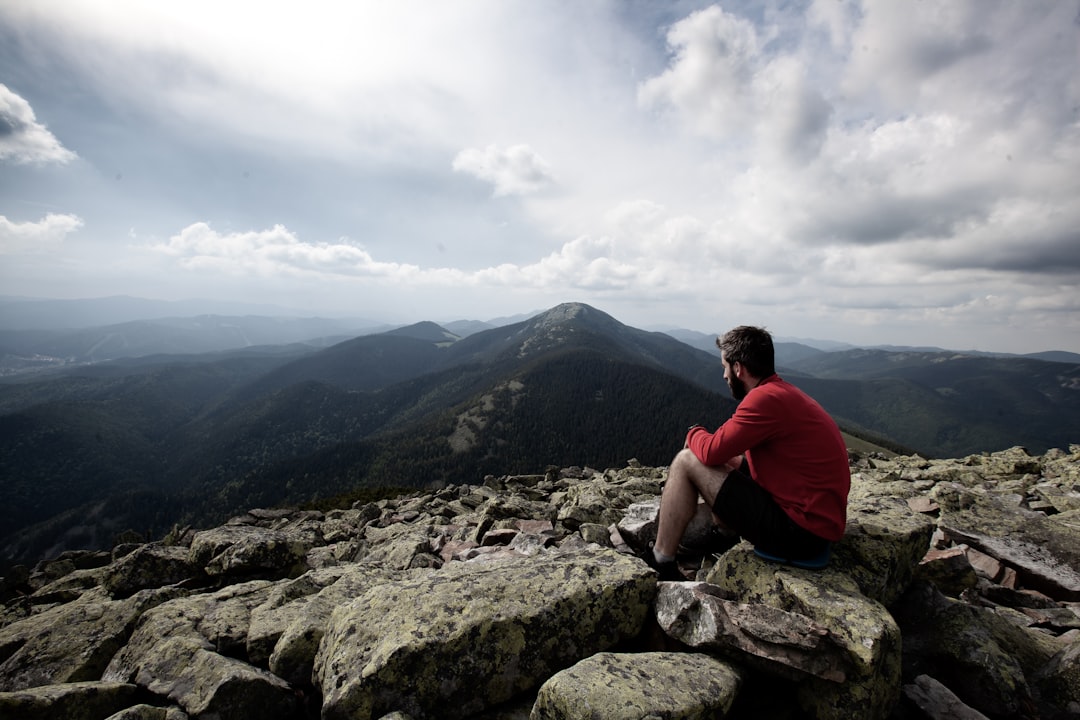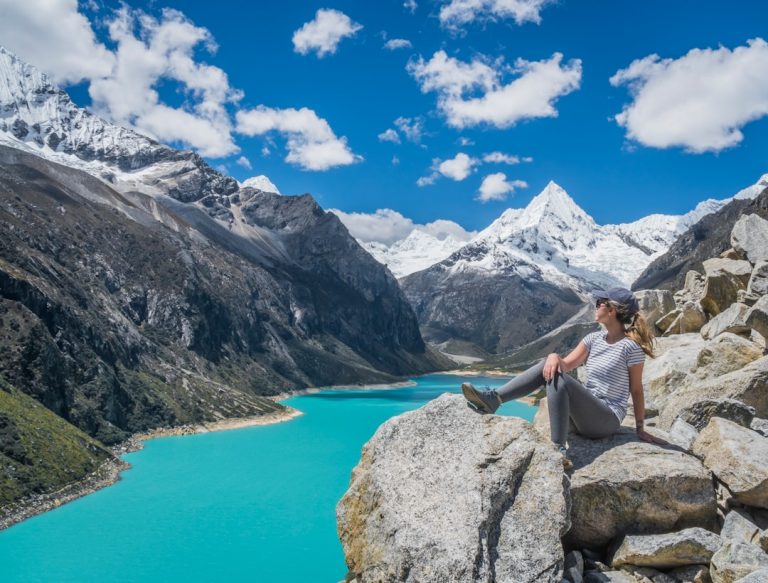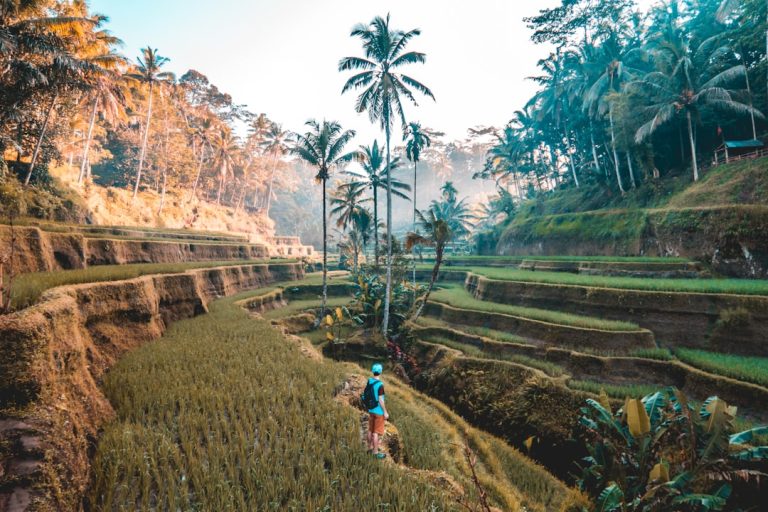Unlocking the World: How Tourism and Destination Marketing Inspire Adventure
In an age where wanderlust courses through our veins like a thrilling adrenaline rush, tourism and destination marketing have become the guiding stars that lead us to our next great adventure. They serve as the enchanting narratives that inspire us to pack our bags, step outside our comfort zones, and explore the vast tapestry of experiences the world has to offer. But what exactly is tourism and destination marketing, and why is it crucial in our quest for exploration?
At its core, tourism marketing is the art of promoting destinations, experiences, and cultures to entice travelers. It is the storyteller that paints a vivid picture of what awaits beyond the horizon, making the idea of travel irresistible. With the right marketing strategy, a destination can become the ‘it’ place to visit, enticing visitors with promises of breathtaking landscapes, cultural riches, and unforgettable experiences.
The landscape of tourism marketing is ever-evolving, adapting to shifts in consumer behavior and the emerging trends of a digital age. Today, travelers are not just seeking a place to visit; they crave authentic experiences that resonate with their personal values. This has given rise to several niche markets within the tourism sector. For instance, eco-tourism, which promotes responsible travel to natural areas, has surged in popularity as more travelers prioritize sustainability in their adventures. Destination marketers now emphasize eco-friendly options, showcasing local initiatives that preserve the environment and support the community.
Moreover, as the world grapples with the impact of climate change, destinations are beginning to take a stand. Countries are marketing their eco-friendly practices and sustainable tourism initiatives, attracting environmentally conscious travelers who are eager to minimize their carbon footprints while exploring new locales. From eco-lodges nestled in lush forests to zero-waste restaurants serving locally-sourced cuisine, the allure of responsible travel is stronger than ever.
On the other end of the spectrum, we have luxury tourism, which offers indulgent experiences designed for those who wish to travel in style. Think private yacht charters in the Caribbean, five-star hotels with world-class service, or personalized tours led by local experts. Destination marketing for luxury travel paints an exclusive picture that appeals to high-end clientele looking for unique and lavish experiences. This segment of tourism marketing is particularly interesting as it balances opulence with authenticity, often incorporating local culture and traditions into high-end experiences, thereby creating a harmonious blend of luxury and locality.
But let’s not forget about the savvy travelers who are budget-conscious yet still eager to explore. There’s an emerging trend in the tourism landscape that champions the DIY approach. With a wealth of information at their fingertips, travelers are now empowered to craft their own unique itineraries. From budget-friendly hostels to off-the-beaten-path destinations, tourism marketing for this segment often highlights affordable experiences that don’t skimp on adventure or cultural immersion. Social media influencers and travel blogs play a significant role here, providing tips and tricks for navigating new destinations on a budget.
Now, let’s talk about the psychological impacts of tourism and destination marketing. Travel is more than just a getaway; it’s an emotional experience. The right marketing can evoke a sense of longing and excitement, making potential travelers feel as though they are already on their journey. From stunning imagery that captures the essence of a location to compelling narratives that connect on a personal level, effective tourism marketing taps into our emotions, driving the desire to explore. It transforms mundane vacations into soul-nourishing adventures.
As we navigate through a world shaped by technology, emerging trends in tourism marketing are exciting to witness. Virtual reality tours, for example, have opened doors to destinations that were once out of reach, allowing travelers to experience a taste of a location before they even arrive. This innovative approach not only serves to pique interest but also assists in reducing decision fatigue for travelers.
In conclusion, tourism and destination marketing play an essential role in shaping the travel experiences we hold dear. Whether it’s through eco-friendly initiatives, luxury offerings, budget options, or emotional storytelling, the way destinations are marketed continues to evolve. So, the next time you find yourself daydreaming about far-off places, remember that behind that enticing advertisement or stunning photograph lies a dedicated world of marketers who are eager to inspire your next great adventure. Your next journey awaits—are you ready to embrace it?



